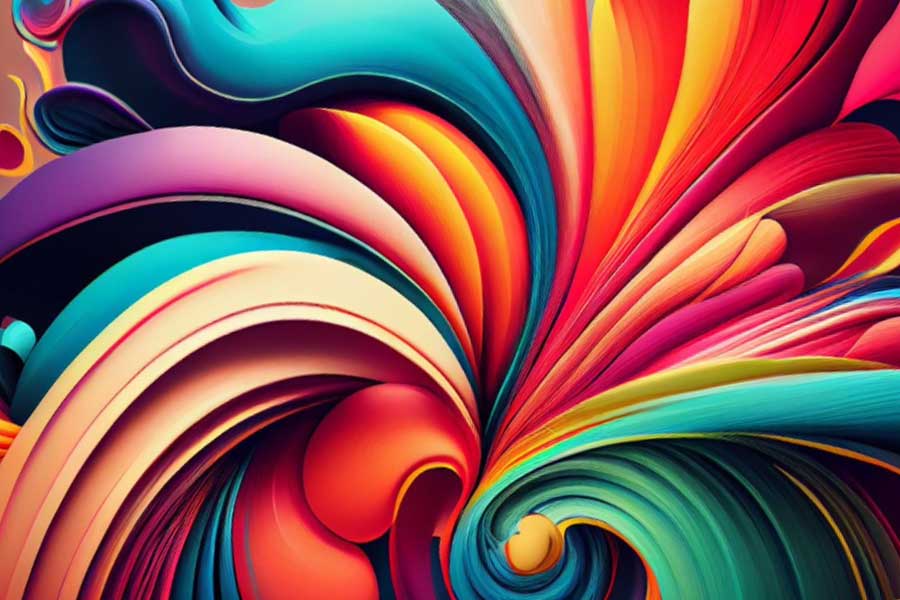The Psychology of Color in Logo Design and Branding
In branding, every color carries a narrative, and every shade speaks volumes. The psychology of color plays a pivotal role in logo design, influencing perceptions, triggering emotions, and shaping the overall identity of a brand. Let’s delve into the colorful canvas of branding and discover the psychological impact behind the hues that adorn your logo.
1. Red: The Power of Passion
Red is the color of energy, passion, and action. It commands attention and evokes strong emotions. Brands like Coca-Cola and Netflix leverage red in their logos to convey excitement and enthusiasm, making their offerings stand out in a crowded market.
2. Blue: Trust and Tranquility
Blue is synonymous with trust, reliability, and calmness. Many tech and financial brands, such as Facebook and IBM, incorporate blue into their logos to establish a sense of security and professionalism. Blue fosters a feeling of trustworthiness that resonates with a wide audience.
3. Yellow: Radiant and Optimistic
Yellow radiates positivity, warmth, and optimism. Brands like McDonald’s and IKEA use yellow in their logos to evoke a sense of happiness and energy. Yellow is attention-grabbing and creates a cheerful brand identity that remains memorable.
4. Green: Nature and Harmony
Green symbolizes growth, nature, and harmony. It is often associated with eco-friendly and sustainable brands. Companies like Starbucks and Whole Foods utilize green to convey a commitment to environmental responsibility and a connection to nature.
5. Purple: Luxury and Sophistication
Purple exudes luxury, sophistication, and creativity. Brands like Cadbury and Hallmark utilize purple in their logos to communicate a sense of exclusivity and elegance. Purple creates a regal and premium image that appeals to a discerning audience.
6. Orange: Energetic and Playful
Orange is vibrant, energetic, and playful. It exudes enthusiasm and a sense of adventure. Brands like Nickelodeon and Fanta incorporate orange to convey a lively and dynamic personality, appealing to audiences seeking excitement.
7. Black: Timeless Elegance
Black signifies sophistication, elegance, and timelessness. Many luxury brands, such as Chanel and Rolex, feature black in their logos to communicate a sense of exclusivity and classic style. Black creates a bold and refined brand image.
8. Pink: Playful and Feminine
Pink represents playfulness, femininity, and sweetness. Brands like Barbie and Victoria’s Secret use pink to appeal to a feminine audience and create a lighthearted and charming brand identity.
9. Brown: Earthy and Reliable
Brown conveys earthiness, reliability, and simplicity. Brands like UPS and Hershey’s incorporate brown into their logos to communicate a down-to-earth and dependable image. Brown creates a sense of stability and trust.
10. White: Purity and Simplicity
White symbolizes purity, simplicity, and cleanliness. Brands like Apple and Nike use white in their logos to convey a minimalist and modern aesthetic. White creates a clean and open brand image.
Painting Your Brand’s Identity
Choosing the right colors for your logo isn’t just about aesthetics; it’s about strategically tapping into the psychology of your audience. The colors you select become the visual language of your brand, communicating messages and emotions that resonate with your target market. So, whether you’re aiming for passion with red, trust with blue, or playfulness with orange, each hue on your brand’s palette contributes to the visual story that makes your brand memorable and impactful. Paint your brand’s identity with the psychology of color, and watch as it becomes a masterpiece that leaves a lasting impression on your audience.

